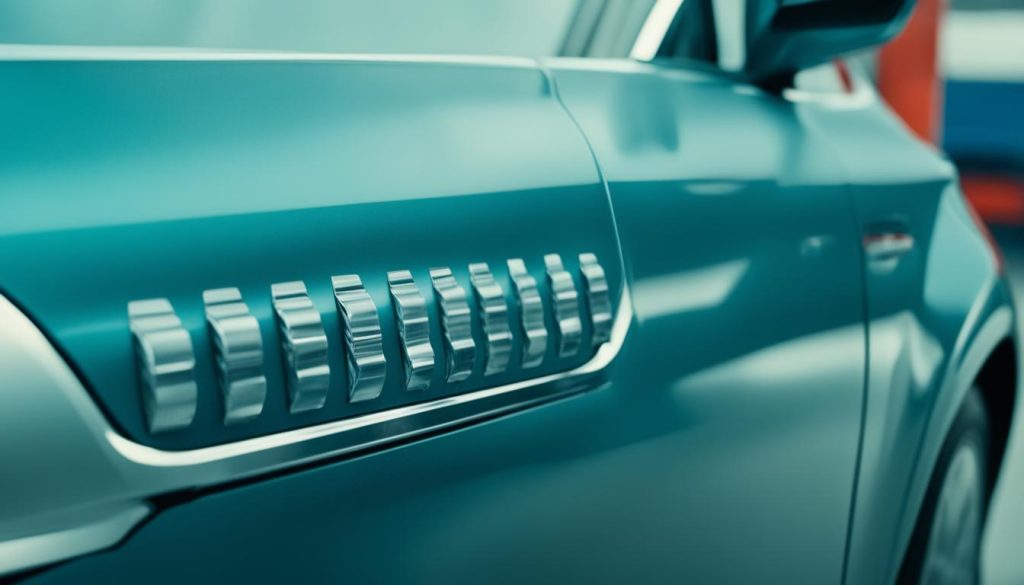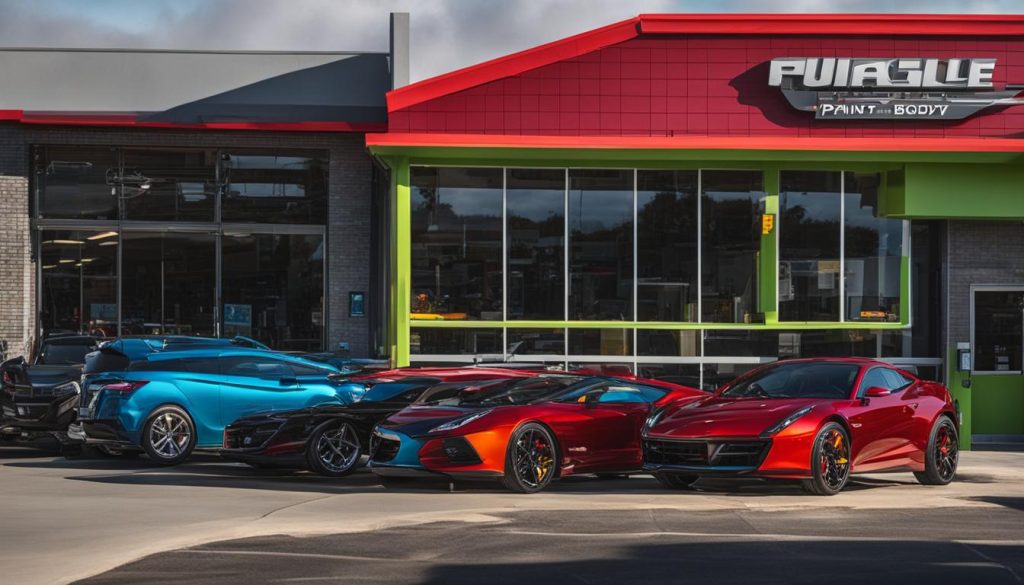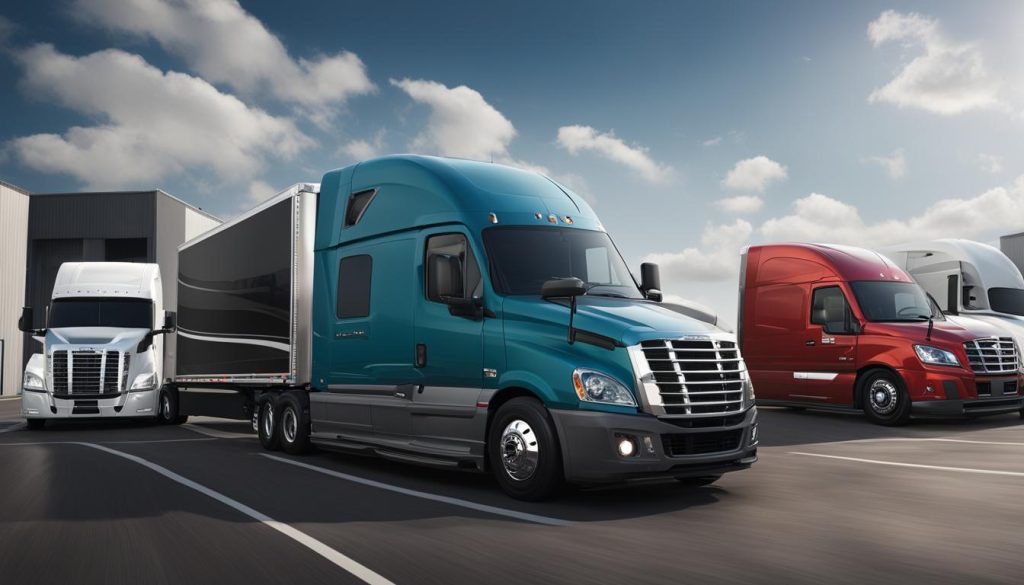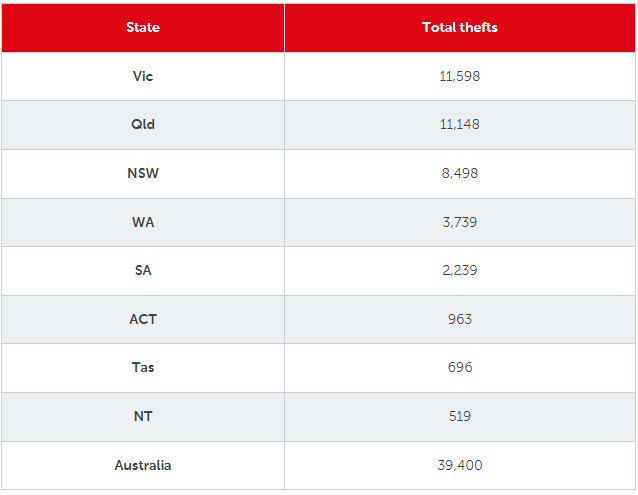- Ford is making major headway in the EV industry, coming in second behind Tesla last year in sales, but Dearborn is also expecting significant losses on the electric side.
- With a new electric-only plant under construction in west Tennessee, Ford says it expects to reach electric profitability by 2026, largely due to reduced design costs and a projected increase in sales.
- Ford’s electric F-150 Lightning pickup will be joined in 2025 by another full-size electric truck known as the T3, which Ford says will have full autonomous capabilities.
Earlier this week, Ford shared its new corporate reporting system, which outlined the division of Ford’s electric, commercial, and gas/hybrid passenger vehicle divisions. At face value, this news seems like corporate jargon tuned for financial analysts, but it sheds light on how consumers and investors can expect Ford to operate in coming years. And when it comes to Ford’s electric division, known as Ford Model e, it expects to lose billions of dollars going forward.
Specifically, Ford expects to shed about $3 billion on its electric-vehicle side this year, while it lost around $2.1 billion in 2022 and $900 million the year before that. These are steep losses, but Ford claims its EVs will be profitable by 2026 (General Motors has outlined a similar timeline) when a variety of factors, including increasing sales, reduced battery costs, and improved research and design, will allow for an 8% profit on EVs. Comparatively, Ford’s overall operating profit was 6.6% in 2022, according to Ford’s year-end report.
Financial analysts have cast doubts on whether this three-year profitability plan is feasible. In fact, Wells Fargo analyst Colin Langan calculated that $15,000 worth of savings on each vehicle will be needed for Ford to hit its target, according to the Associated Press. But it’s not just Wall Street analysts who are weary of Ford’s EV profitability prospects.
Michelle Krebs, executive analyst at Cox Automotive, says everything will have to go just right for Ford to pull this off.
“Execution has to be impeccable for Ford to achieve its goals, and Ford has had issues in the past with launching vehicles—and those were traditional gas-powered ones,” Krebs said in an email to Autoweek. “The keys to profitability will be plant efficiencies—keeping costs low so prices can be competitive and profits can be realized, no mistakes like quality issues that disrupt production or cause recalls—and consumer acceptance of the product.”
Ford is trying to do exactly that, having just announced its newest EV-specific production facility in Stanton, Tennessee, soon to be known as the Blue Oval City. The 3600-acre plant will be a joint venture with Ford’s major battery supplier, SK, and is set to have an eventual capacity of 500,000 electric vehicles per year.
With a $5.6 billion investment from Ford, it’s clear the company is making this its premier EV facility, as it launches an onsite EV education center and prepares for the addition of 6000 jobs in Blue Oval City.
This new facility will also serve as a standalone SK battery manufacturing site, with battery cells and arrays assembled into battery packs on site. While this will benefit Ford directly, the company is also committing to protecting the local Tennessee environment by using carbon-free electricity from the day it opens as well as using recovered energy to heat the facility.
Ford President and CEO Jim Farley has said no fresh water will be used for assembly, and the facility will send no waste to local landfills. The site will even have its own Lowe’s home-improvement store and equipment rental facilities.
The Blue Oval City plant will be initially focused on a new electric pickup truck, labeled by Ford as the T3, which stands for Trust The Truck. Ford is teasing its next full-size electric pickup truck alongside the plant announcement.
Details about what Ford calls its “second-generation EV truck” are sparse, but the company has confirmed the T3 will be similarly sized to the current F-150 Lightning. Production for the T3 EV truck will begin in 2025. Overall, Ford is targeting a production run rate of 2 million EVs annually across the globe by late 2026.
Dearborn says developing this truck will be much easier and thereby cheaper as compared to launching the Lightning. Additionally, thanks to lessons learned in launching early-yet-successful EVs like the Mustang Mach-E, Ford claims it will be able to make the T3 at a fraction of the complexity.
A teaser of the T3 shown at the Blue Oval City launch hinted at full autonomous capabilities, increased vehicle-to-load abilities, and job-site tough quality. With a 30% smaller general assembly footprint, Ford should be saving some money on production as well.
“Project T3 is a once-in-a-lifetime opportunity to revolutionize America’s truck. We are melding 100 years of Ford truck know-how with a world-class electric vehicle, software, and aerodynamics talent. It will be a platform for endless innovation and capability,” Farley said.
Detroit automakers have all committed to building a battery-electric pickup truck, but Ford is the only brand with an electric version already available. Despite this, even Ford’s F-150 Lightning sales are minimal as compared to its annual Mach-E figures, which begs the question: Why electrify another full-size pickup truck when electric crossovers are selling better?
Michelle Krebs said electrifying trucks actually makes sense for Ford, given its multiplicity of passenger and commercial sales. For reference, Ford’s commercial fleet business pocketed over $3 billion last year. And while we don’t know if the T3 will be a consumer or commercial-facing vehicle, Krebs said this model could pay off either way.
“Government and commercial fleets are under pressure and even mandated to go electric. For Ford, this means selling one customer a lot of vehicles versus selling one truck at a time to individual customers, which Ford still will do,” Krebs explained.
“Fleets also offer an opportunity to observe and learn about charging behavior, how the trucks perform, etc. On the individual side, we are seeing a new crop of buyers enter the truck market,” Krebs said. “These are buyers who would not consider a truck, except this one is electric.”
There’s no doubt pickup trucks are hugely popular in the US. But how many loyal internal-combustion pickup owners are willing to go electric? Ford seems to be betting on a lot of them.
Have you considered switching to an electric pickup truck? Why or why not? Please share your thoughts below.
Car News – Auto News, Headlines, and Top Car Stories | Autoweek
#Ford #Expects #Major #Losses #EVs #Truck

















